| Can average drivers handle the supercar acceleration of many EVs? |
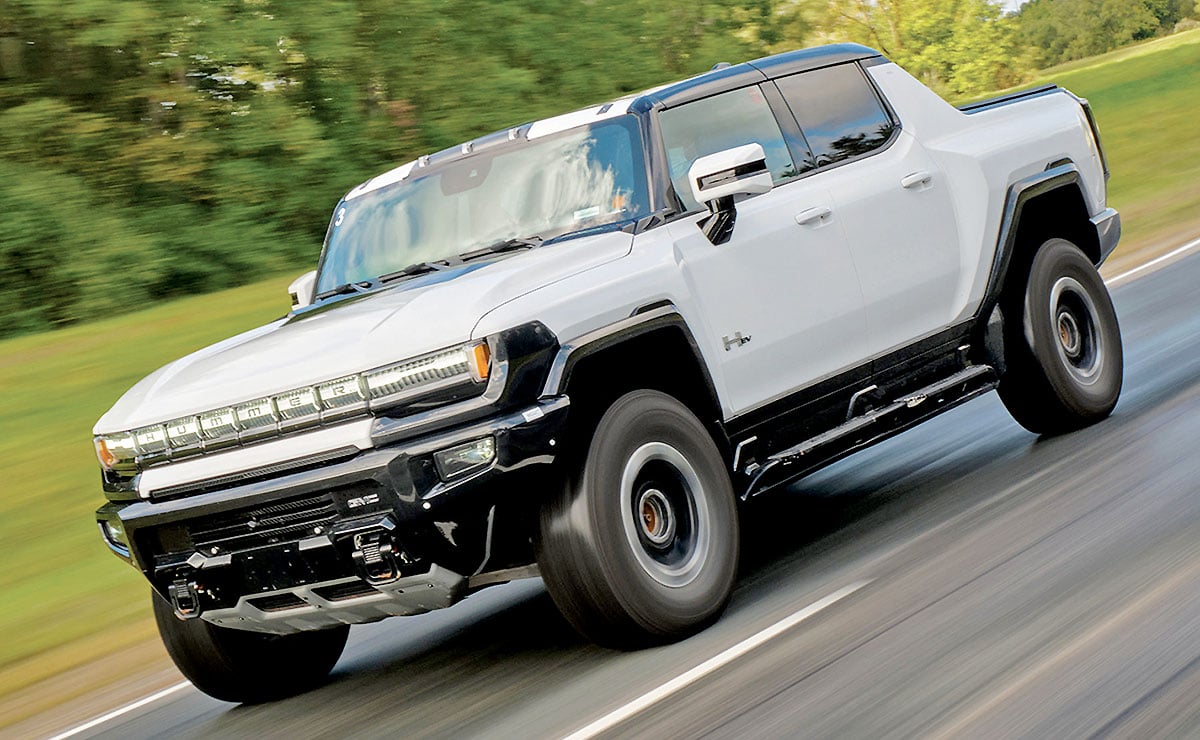
Who would have thought the massive GMC Hummer can nearly match a Ferrari F8 Spider in a drag race?
It would be unthinkable in the old gasoline Hummer. But the latest electric iteration has the speed to compete with a Ferrari and other supercars.
Rapid acceleration is an advantage electric vehicles have over internal combustion power counterparts. Electricity provides instant torque and acceleration. There’s no need to move pistons, spool turbochargers or shift gears.
“It all comes down to physics. You have an electric motor that’s all torque, you can get to peak power in a tenth of a second, and there are no dips for transmission shifts,” said Tim Grewe, General Motors’ director of electric strategy.
Electric vehicles democratize acceleration by pricing supercar speed at a fraction of the cost. The Hummer sells for about a third of the Ferrari. Some versions of a $56,000 Tesla Model 3 accelerate at about the same pace. Automakers find that acceleration a great sales tool, but it brings up safety questions. How many average drivers can handle a supercar?
“There’s a big difference between a 50-year-old guy and the race car driver,” said Roger Griffiths, Andretti Autosport’s chief technology officer.
That’s why there are so many YouTube videos and news articles about new owners crashing their Lamborghinis, Ferraris and other supercars within days of purchase. Safety officials don’t have data on new supercar crashes, but the Highway Loss Data Institute found that more than half of the collision insurance claims for high-performance motorcycles came within the first 120 days of ownership.
Safety officials should start examining whether a transition to electric vehicles increases crashes caused by speeding, said David Zuby, chief research officer for the Insurance Institute for Highway Safety.
“It is an area worth looking at,” he said. “But it will be a while before there are enough EVs to do that type of study.”
 |
|---|
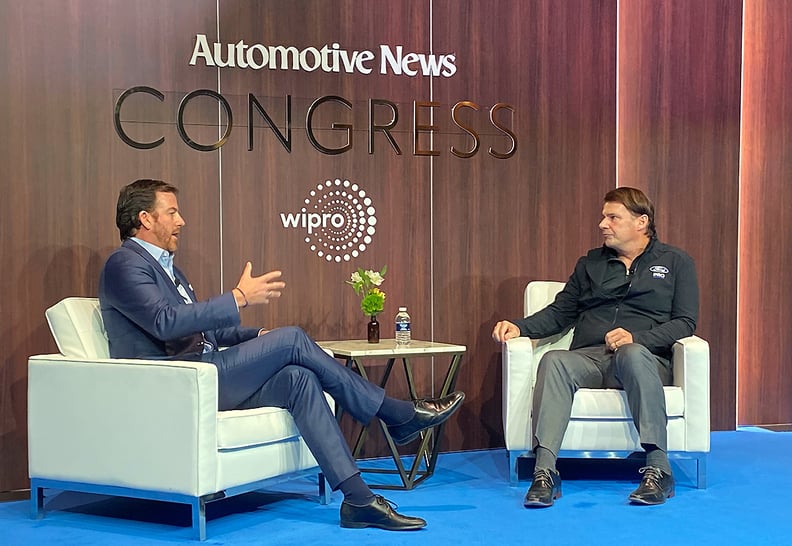
 |
|---|
In Monday’s Automotive News:
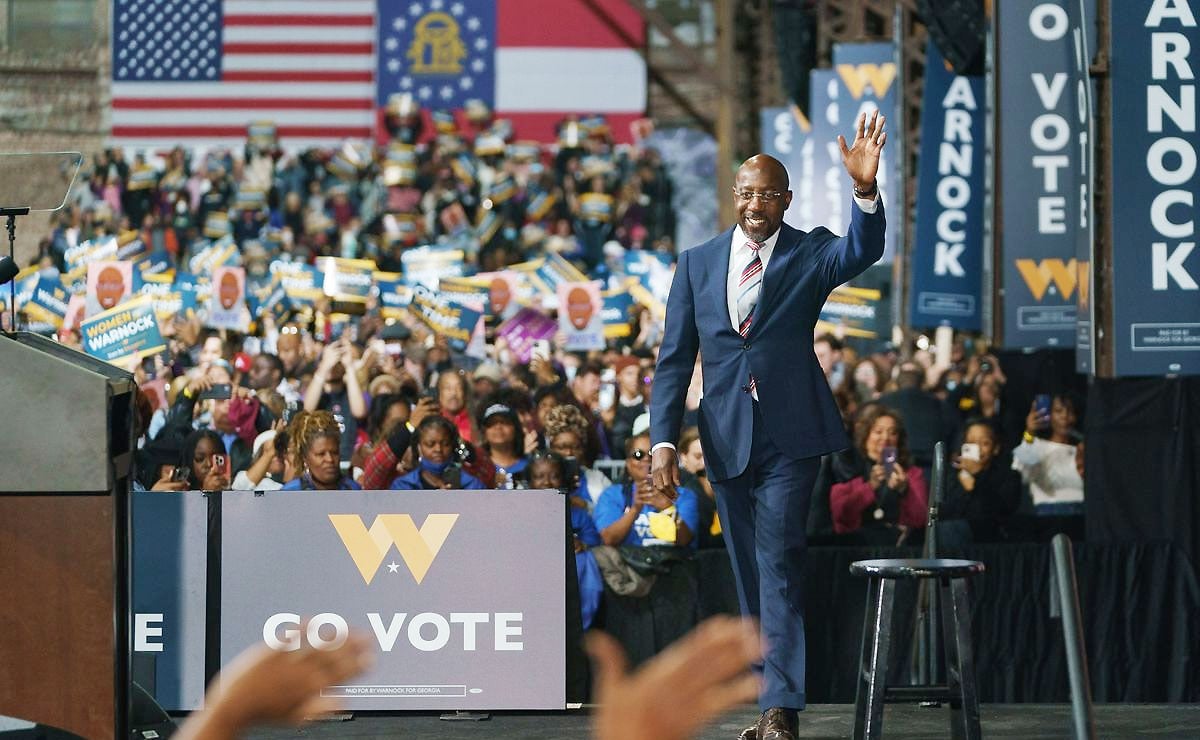
What will the midterm fallout be? With Republicans gaining control of the House and Democrats securing a slim majority in the Senate, the shifted balance of power come January likely will mean no major overhauls of existing policy affecting the auto industry, but it could change command of deciding votes. The shakeup could diminish the swing-vote influence of dissenting Democrats such as Sen. Joe Manchin — the West Virginia lawmaker who wielded the power of a single vote to shape major legislation in an evenly split Senate — while boosting the profile of members such as Georgia Sen. Raphael Warnock, whose state has landed multibillion-dollar investments from the electric vehicle industry, including Hyundai and Rivian.

Performance at the push of a button: Polestar is dialing up the performance of the Polestar 2 fastback. All it takes is the press of the Buy button. Automotive News examines a $1,195 software upgrade that boosts the Polestar 2’s power and shaves 4.2 seconds off the car’s 0-to-60 mph time. The performance package is available to customers in the U.S. and Canada via an over-the-air download. The upgrade adds 68 horsepower and 15 pound-feet of torque to the dual-motor powertrain for a total output of 476 hp and 502 pound-feet of torque. With the upgrade, accelerating from 50 to 75 mph takes 2.2 seconds — half a second quicker than a standard Polestar 2.
Weekend headlines
Chevy Corvette E-Ray images leak: The hybrid version of the Chevrolet Corvette — the E-Ray — appears to be on the near horizon. Images of the sports car used on a Chevrolet configurator were published prematurely this week.
 |
|---|
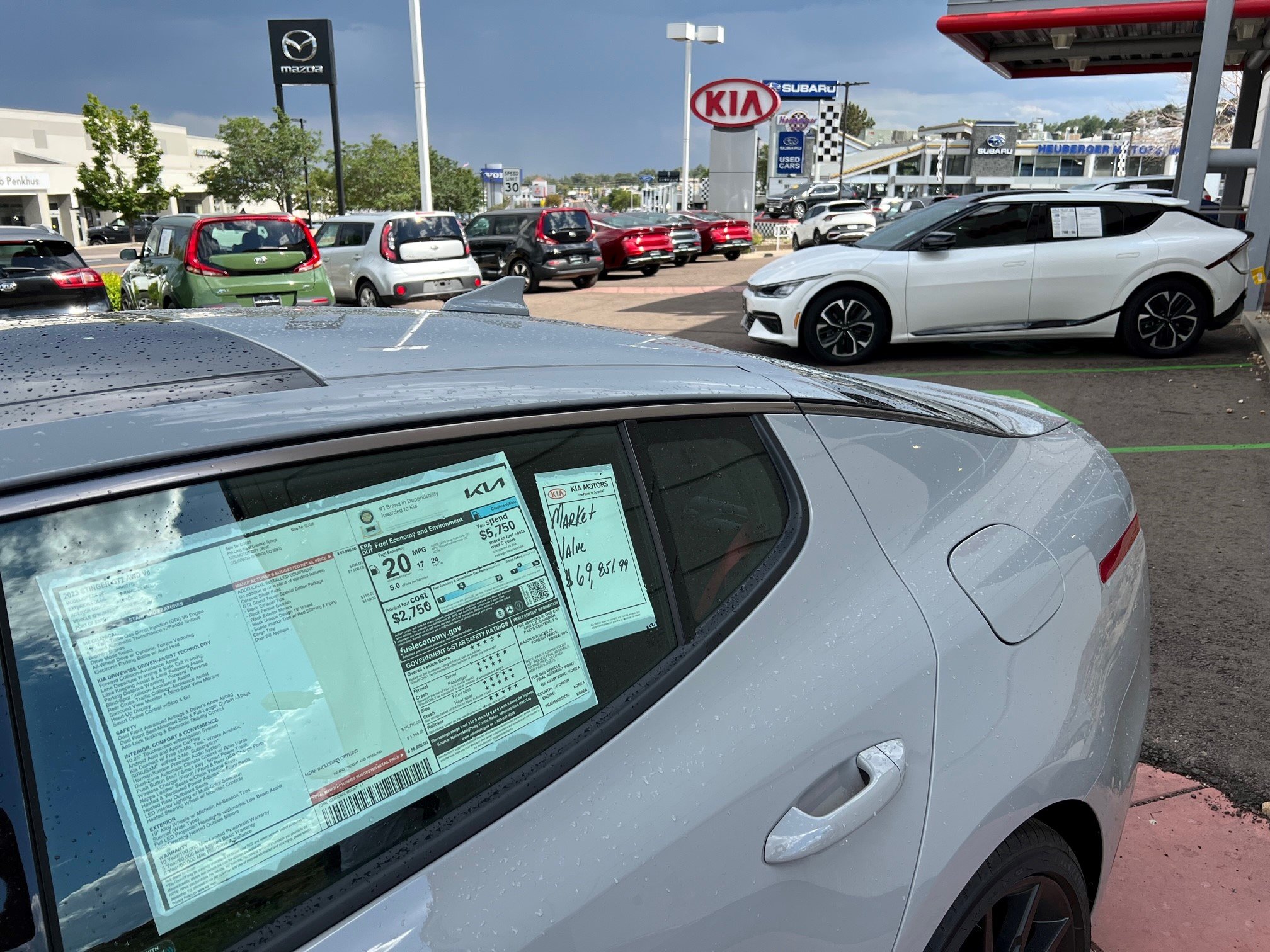
Economy, interest rates sour dealer views on market: The economy and interest rates are weighing on auto dealers’ minds and dragging down their expectations for the market three months from now, according to Cox Automotive’s assessment of its fourth-quarter Dealer Sentiment Index survey results.
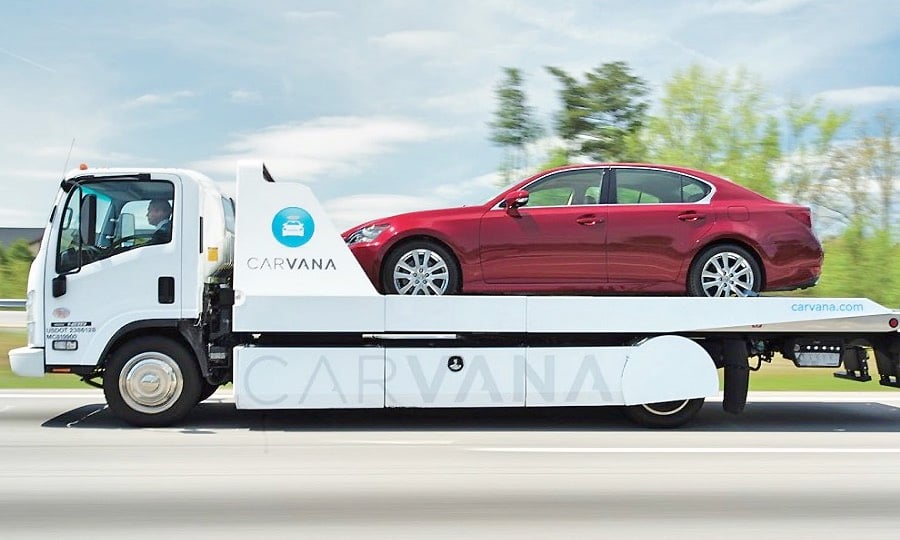
Key creditors in pact to avert brawl as Carvana’s prospects dim: Some of Carvana’s largest creditors holding about $4 billion of the struggling used-vehicle retailer’s unsecured debt have signed a pact binding them to act together in negotiations, a move meant to prevent the kind of nasty creditor fights that have complicated other debt restructurings in recent years.
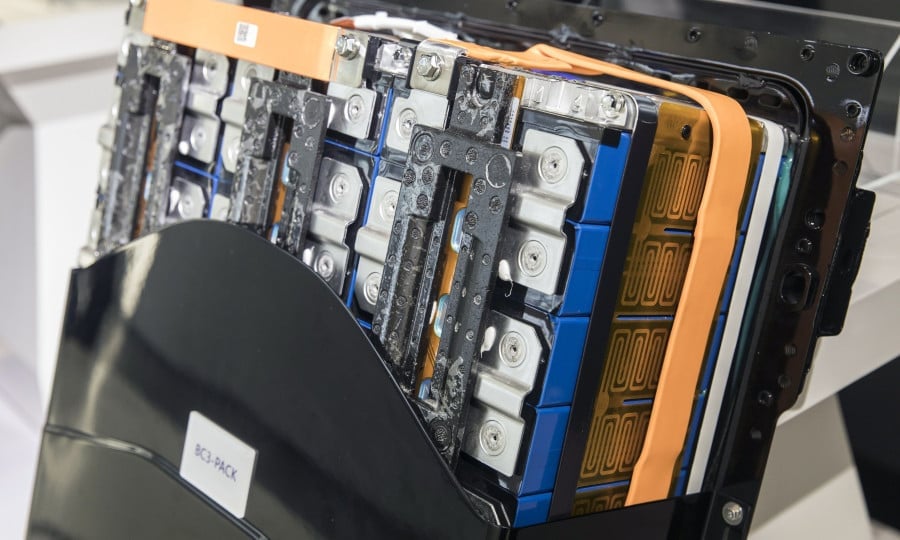
Rising battery prices threaten affordable EV push: Falling battery prices have helped the auto industry’s move toward electrification and more affordable EVs, but raw material prices now seem to be going in the opposite direction.
 |
|---|
|
|---|
 |
|---|
 |
|---|
 |
|---|
Dec. 16, 1982: On this morning, Ford Motor Co. engineer Stephen Kozak was driving to Ford’s assembly plant in Wayne, Mich. He never arrived. A large Plymouth Fury sedan smashed into the passenger side of Kozak’s tiny 1977 Ford Fiesta compact at about 45 mph. He was not wearing a seat belt. “Time really does slow down,” Kozak recalled. “I was thinking, ‘What can I do to make this hurt less, because it’s coming.’ ” Kozak spent a week in the hospital with three broken ribs and a punctured lung. But the question he asked himself right before impact — “What can I do to make this hurt less?” — would inspire him in the coming years. He became Ford’s global safety chief engineer. His accident fueled an obsession to improve auto safety. At Ford, he championed such advancements as the seat belt chime, new welding techniques and one-piece body panels.

